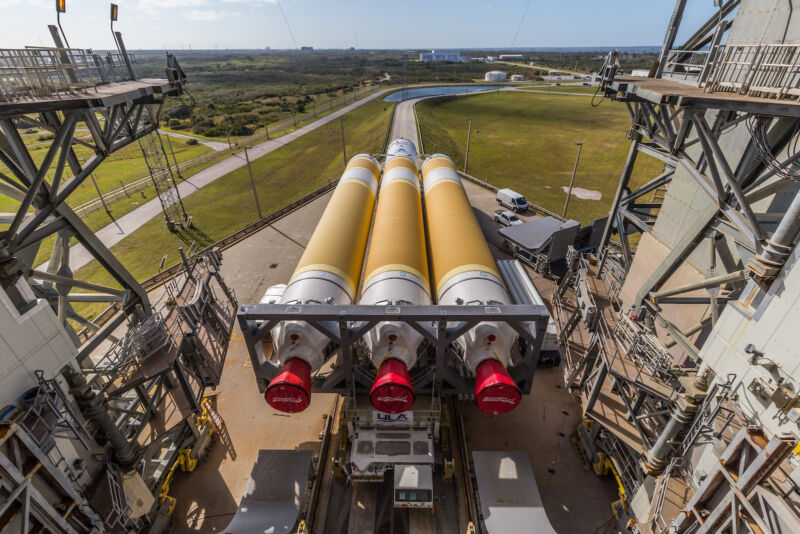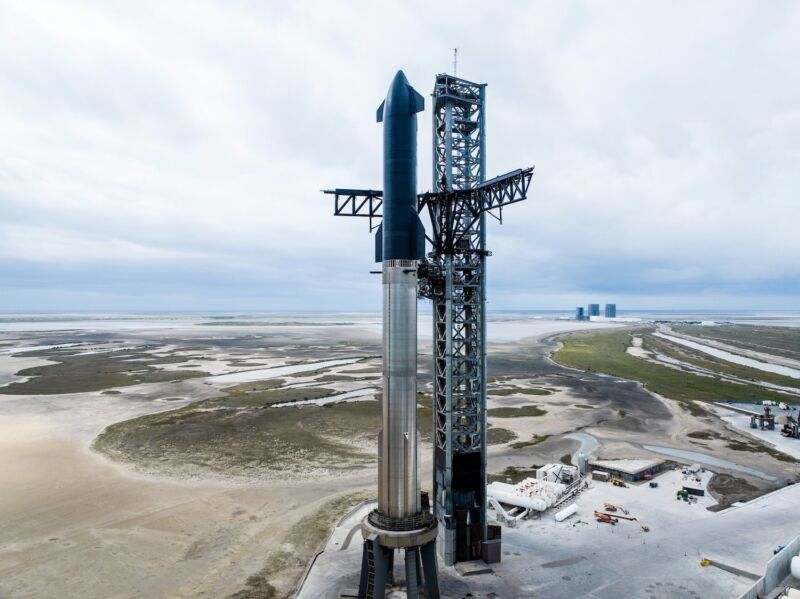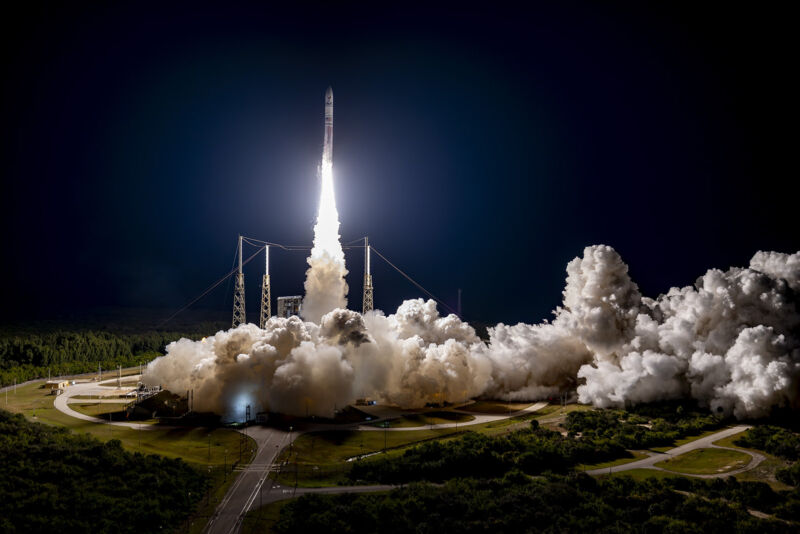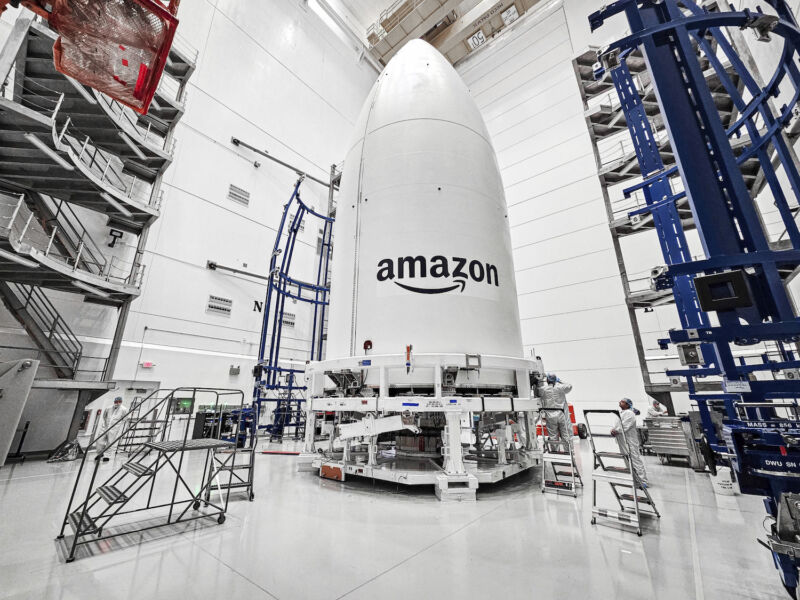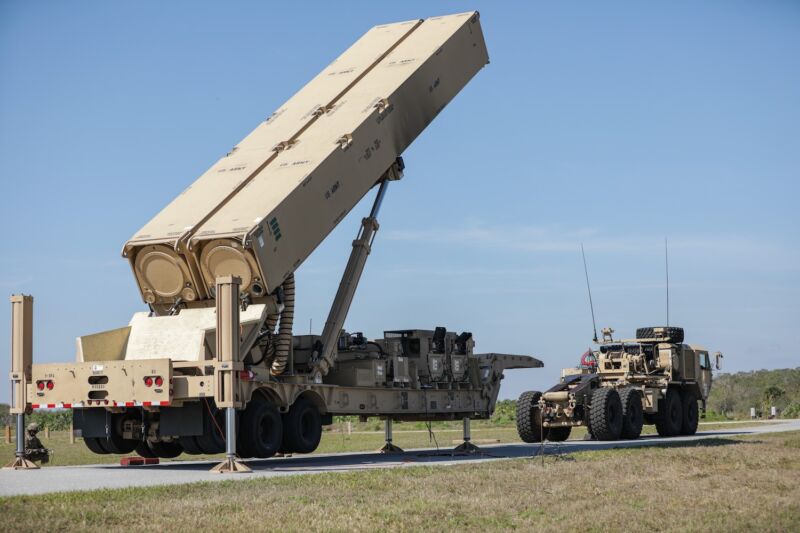-
 chevron_right
chevron_right
SpaceX’s most-flown reusable rocket will go for its 20th launch tonight
news.movim.eu / ArsTechnica · 7 days ago - 17:51
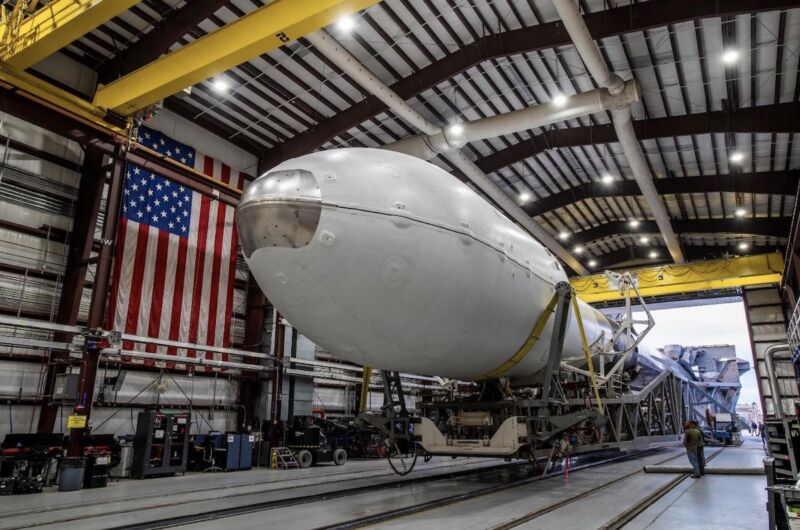
Enlarge / File photo of a Falcon 9 rocket rolling out of its hangar at Cape Canaveral Space Force Station, Florida. (credit: SpaceX )
For the first time, SpaceX will launch one of its reusable Falcon 9 boosters for a 20th time Friday night on a flight to deliver 23 more Starlink Internet satellites to orbit.
This milestone mission is scheduled to lift off at 9:22 pm EDT Friday (01:22 UTC Saturday) from Space Launch Complex 40 (SLC-40) at Cape Canaveral Space Force Station, Florida. Forecasters from the US Space Force predict "excellent" weather for the primetime launch.
Falcon 9 will blaze a familiar trail into space, following the same profile as dozens of past Starlink missions.

